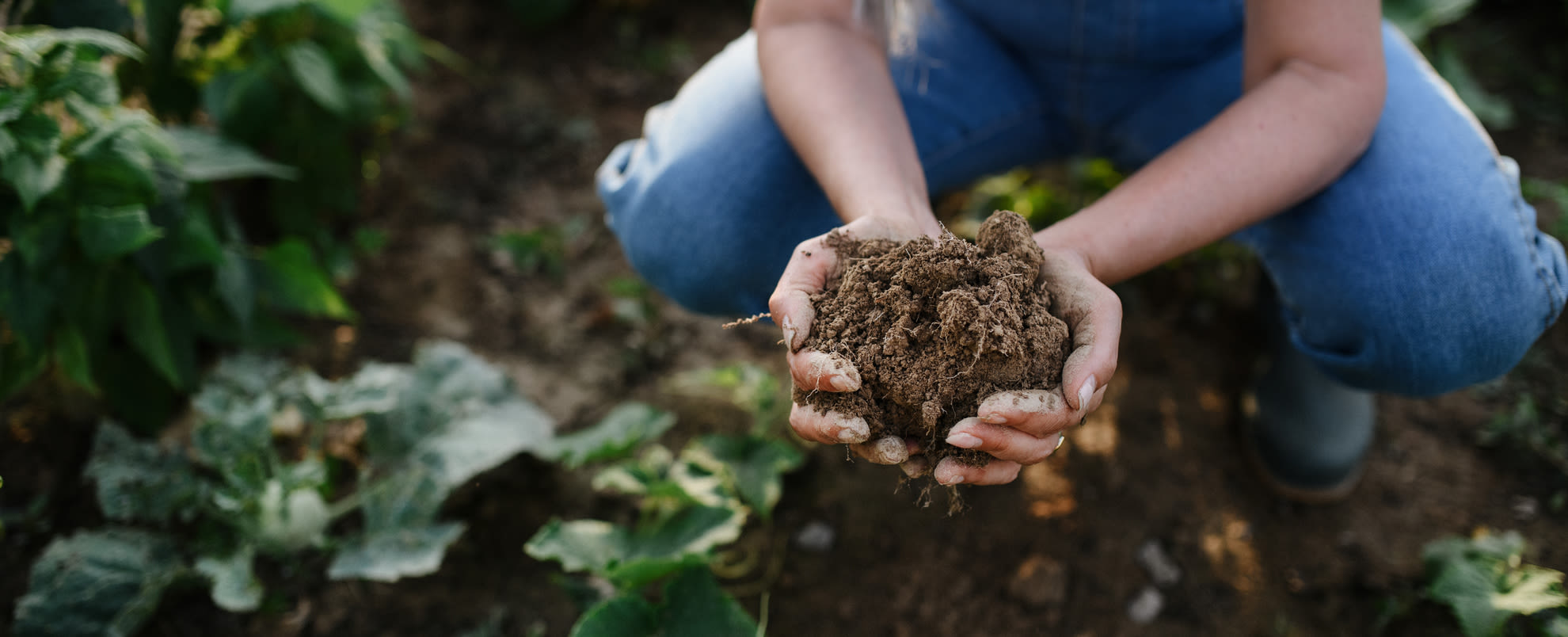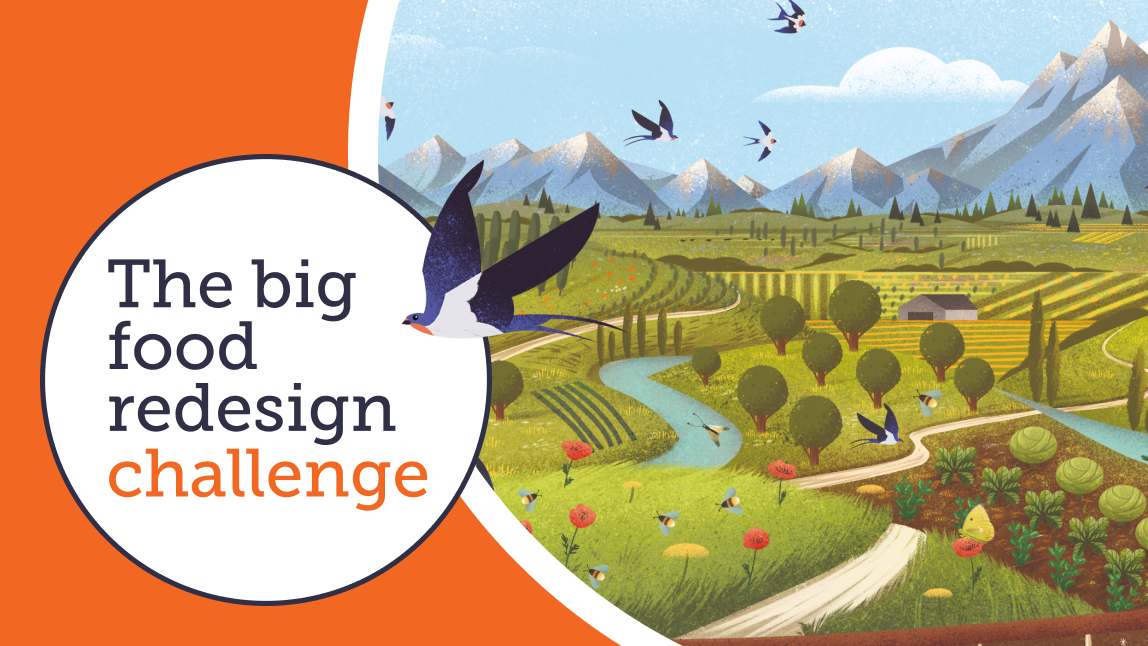Circular design for food is rooted in the actions of farmers, but requires brands to re-think both their products and the nature of their supplier relationships. The Big Food Redesign Challenge offers a way to start.
Jean-Emmanuel and Sabine's vineyard in Moissac, France, isn’t just the usual display of neat lines of grape trellises. In between each row, they have planted linseed and wildflowers to attract the natural predators for the pests that would otherwise eat the grapes, meaning they have no need for pesticides. This planting also supports local biodiversity and promotes open pollination.
Their consideration for supporting the natural system that their farm is a part of also extends to their harvesting strategy – grapes are picked at full maturity and varieties are selected for flavour, not yield.
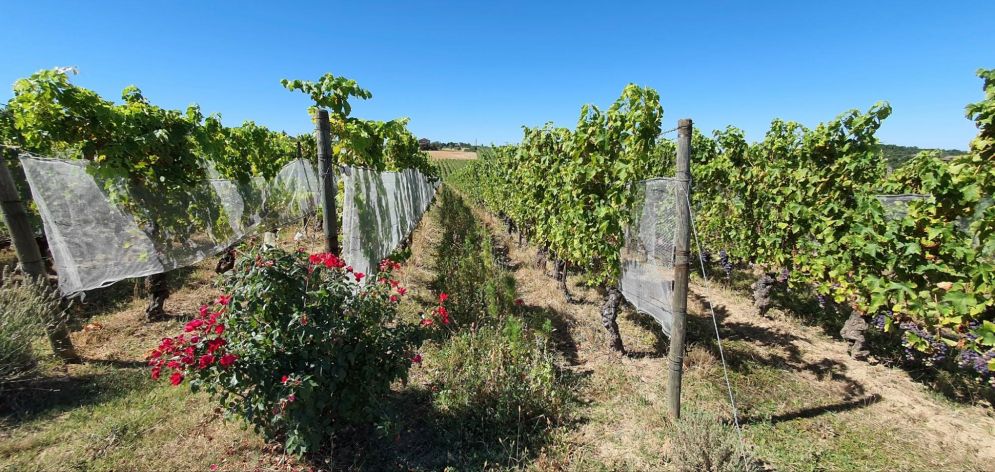
On the other side of the world, deep in the Amazon rainforest, the Yanomami people use agroforestry knowledge passed down through the generations to cultivate their unique mushrooms, which are popular with South American chefs.
For this grape-growing couple and the Yanomami, the decision to switch to (or retain) nature-friendly farming methods is both personal and financial. They know that in order to protect biodiversity and cut greenhouse gas emissions, action has to happen in fields, fisheries, and forests across the world, including their own. More prosaically, higher revenues could also be on the horizon. Research published a few weeks ago by the UK’s Department for Environment, Food and Rural Affairs found UK yields rose over the past year, even while farmers shunned increasingly costly fertilisers. The food industry is a huge contributor to climate change, generating one-third of global greenhouse gases.
It’s an eyebrow-raising statistic, but also offers seeds of hope; if farmers can change the way they manage the land, real impact is possible.
But these pioneering cultivators of the land couldn’t exist without supportive buyers for their crops and livestock, willing to work collaboratively with them to make their regenerative farming techniques possible.
Jean-Emmanuel and Sabine sell their grapes to Natoora, a food wholesaler that began life supplying restaurants and now produces its own products and supplies retailers including Waitrose. Natoora’s philosophy is to prioritise flavour in its sourcing, believing that this translates into supporting farmers and growers that “care about stewarding the soil,” says Roane Rapson, head of food programmes at Natoora. “Flavour at its peak is a sign of a product grown in a responsible fashion – seasonally, and under the correct climate and conditions.”
The Yanomami sell to Unilever-owned Mãe Terra, a partnership that was arranged by Origens Brasil, a group dedicated to finding markets for the produce created by indigenous communities. Part of Mãe Terra’s strategy is to source from a range of Brazilian biomes; “If we choose a producer that favours an ingredient of Brazilian biodiversity, we know that it has a much greater impact,” observes Felipe Lucci, sustainability co-ordinator at Mãe Terra.The company now uses all fifteen varieties of Yanomami mushrooms in one of its risotto products.
These growers and food brands are key parts of a growing circular design for food ecosystem:

This system rests on a framework of three ingredient sourcing and selection categories: diverse, lower-impact, and upcycled – all rooted in the essential base of being regeneratively produced.
Regenerative productionRegenerative productionRegenerative production provides food and materials in ways that support positive outcomes for nature, which include but are not limited to: healthy and stable soils, improved local biodiversity, improved air and water quality. is a way of managing land in ways that generate positive outcomes like healthy soil, improved air and water quality and improved local biodiversity. These outcomes can be reached by context specific practices and guided by different schools of thought - including regenerative agriculture, agroecology, conservation agriculture and agroforestry (combining agriculture with trees).
The food industry is a huge contributor to climate change, generating one-third of global greenhouse gases.
Here’s the plan
Biodiversity delivers for the earth and all its living creatures (including us humans) on a very fundamental level. The way species’ behaviours interconnect is an essential underpinning to life on earth; the action of pollinating insects is a prime example. Deforestation and other types of land clearance are one side-effect of our industrialised food system, and have had a devastating impact on biodiversity in recent years.
This is a complex area. But one way that we can work to reverse biodiversity loss is to build back diversity into our food system. At the moment, just four crops (corn, rice, potatoes, and wheat) form 60% of the calories consumed by the global population. The kind of monocropping that results from this is a major contributor to land and water degradation. Our collective lack of gastronomic imagination is a major influence on the disappearance of plant and animal species.
Farming a wider range of crops and breeds of animals can make them all more resilient to the effects of pests, disease and climate, helping to raise our ability to keep the world fed. Food manufacturers have a key role here – by using a greater number of varieties of crops and animals as ingredients, the more demand is created for what is grown and reared.
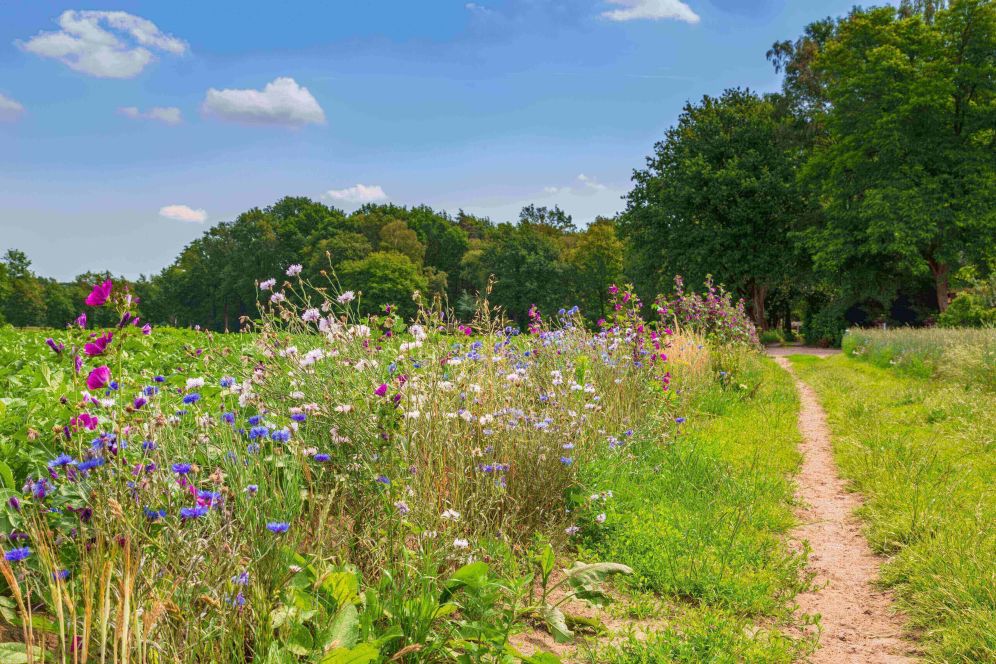
Upcycling earns its place in the framework because it offers a way to make use of all of the parts of a crop or animal. Cacao fruit pulp for example (usually a wasted part of the cacao plant) can be used as a sweetener. By getting more from the land in this way we can reduce the space that is used for agriculture, freeing more up for nature to restore itself.
Using lower impact ingredients can reduce the effect on climate or biodiversity of growing or rearing a crop or animal. Take peas and beans: these are environmentally generous crops that draw nitrogen out of the air into soil, meaning that no or little chemical fertilisers are needed. In some contexts swapping in plant-based milk instead of dairy milk can reduce the emissions created by the rearing of cattle.
But arguably the best outcomes of a circular design for food are yet to come, because the more of the three ingredient sourcing elements that are combined, the more positive impact can be realised. Think of the framework as a cocktail where the sum of the parts is something much more impressive than just a single spirit, but with the taste entirely dependent on the quality of the mixer (the regenerative production).
The framework moves into an optimal state when it is applied with sensitivity to the demands of the local environment it exists within. On a very practical level, this means food manufacturers developing close and dynamic relationships with farmers (and the organisations that represent them) in order to truly understand what works at field level.
Our collective lack of gastronomic imagination is a major influence on the disappearance of plant and animal species.
Everybody wins
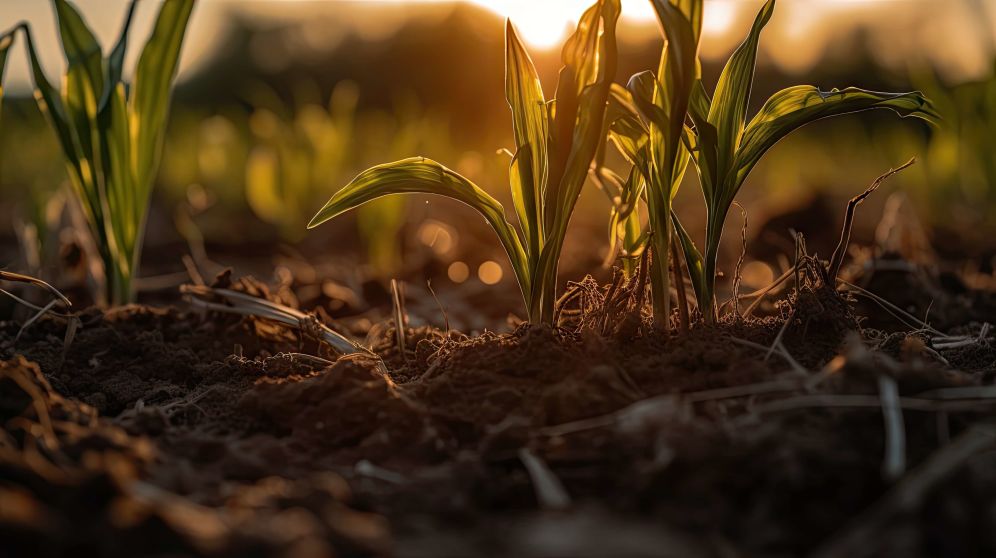
If all this sounds impossibly utopian, it's important to remember that research has already shown the positive outcomes that can flow as a result – and they are worth the effort. A study conducted as part of Ellen MacArthur Foundation’s Big Food Redesign report found that by 2030, circular design for food can reduce farm-level greenhouse gas emissions by 70% and increase farm-level biodiversity by 50% versus business-as-usual (based on modelling of wheat, potatoes, and dairy systems in the EU and UK).
The wins aren’t just for the natural world. Research has shown that this system of food production can deliver 50% higher total volumes, and a USD 3,100 per hectare per year net value creation for farmers, following a transition period. In the past few months, a report by the Boston Consulting Group and One Planet for Biodiversity found that regenerative farming techniques like rotating crops, reducing tillage, and altering grazing practices could all result in a long-term boost to farmer profitability of between 15% and 25%.
It can also help make the land more resilient in the face of climate change - regenerative agricultural practices like cover-cropping and reducing the tilling of soil can result in the soil being more able to soak up heavy rainfall. In addition, soil managed in this way can actually sequester (store) carbon, acting to mitigate its circulation in the atmosphere, contributing to climate change.
For businesses, circular design for food offers an actionable framework to layer over their operations and analyse how they can change strategy in a way that will positively impact the food industry at a systemic level; “With no soil and no nature there will be no business,” says Reniera O’Donnell, food lead at the Ellen MacArthur Foundation. “If we are going to continue to feed everyone on our planet, we have to keep the planet healthy.”
“One of the things that’s coming down the line is the raft of legislation and costs associated with organisations’ impact on the environment. We are going to see increasing pressure put on companies to make more nature-positive changes, with costs attached to that. So by thinking about their product portfolios now, talking to farmers and planning future planting seasons, they’ll be getting ahead.”
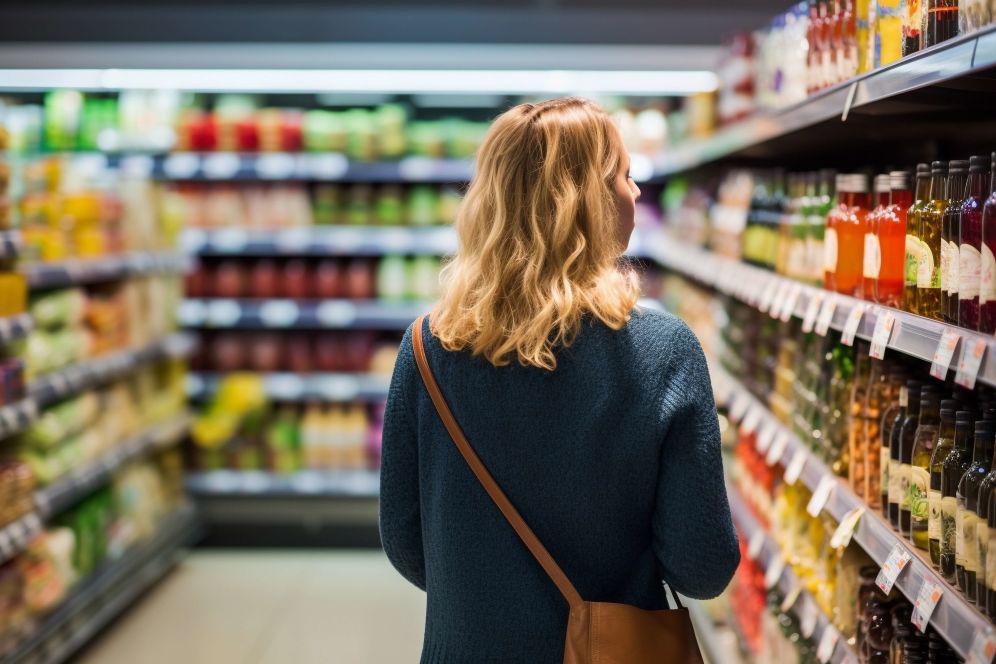
Businesses also stand to gain increased revenues from consumers motivated by products that are demonstrably making a positive impact to nature. A study published earlier this year by McKinsey and NielsenIQ found that products making claims about positive environmental or social impacts averaged 28% growth over the past five years, compared to 20% growth for those without.
With no soil and no nature there will be no business.
Bringing the future to supermarket shelves
O’Donnell’s team at the Ellen MacArthur Foundation is currently running the Big Food Redesign Challenge – a process that supports and guides food companies to create food products incorporating the circular design principles described above. Successful brands will be offered the opportunity to have their products on the shelves of participating retailers and benefit from the Challenge’s promotional campaign. In the UK, Challenge partner Waitrose will sell some of the successful products created as part of this process.
Adhering to circular food design principles is still in its infancy, hence the ambitions for the Challenge to accelerate its adoption. But some progressive food brands have already started to explore the possibilities.
Natoora is a good example of a food brand that is embracing aspects of circular design. As well as sourcing a whole range of regeneratively produced fruit and vegetables, the company pioneered the category of ‘winter tomatoes’ – black tomatoes that ripen when the weather turns colder. As Rapson observes, trading in these diverse varieties not only ensures that they don’t die out and their growers’ livelihoods are protected, but also shores up local biodiversity in Almeria, Spain, where the tomatoes are grown:
Across the Atlantic, as its lively LinkedIn feed attests, the Upcycled Food Association has a multitude of members with flourishing businesses using parts of crops that would usually be left to rot in the fields or discarded by factories as waste. Using the by-products of oat milk production is now a popular upcycling activity: Minneapolis-based cereals firm (and Challenge participant) Seven Sundays has just raised USD 6 million in financing on the strength of its upcycled range, which includes cereals made with oat protein.
Many of these current examples of a circular design for food are fairly small challenger brands that have conceived a business with the express intention of changing the way the food system works. These organisations are fulfilling a powerful role in signalling the positive outcomes of circular design for food.
But in order for this framework to realise its full potential, scale is needed, and this requires action from the major food and drink players. There are signs that some multinational food brands are exploring how closer collaborations with their farming suppliers can create the kind of regenerative outcomes for nature that can make both planetary and commercial sense.
Scaling it up
Organisations including Nestlé, Coca-Cola, Guinness, Danone, and Carlsberg have over the past few years been rolling out various programmes to aid farmers across the world in using practices that lead to more regenerative outcomes for nature, often with sophisticated benchmarking systems to evaluate changes.

July saw the unveiling of one of the largest-scale initiatives on this front yet, with Wal-Mart and PepsiCo joining forces to commit to supporting a range of financial, social, and agronomic programmes across two million acres of American farmland over the next seven years.
Some brands have also started to incorporate circular design principles. Beverage giant Inbev has created a whole business model around its Evergrain ingredient ��– barley protein upcycled from its brewing operations and sold on to other food brands.
There are also a small but growing number of products designed with circular principles that have emerged from the global food brands. This includes Nestlé’s Incoa chocolate, made entirely from cocoa fruit with no refined sugar, and the PepsiCo-owned snack brand Off the Eaten Path, made with peas, beans, and chickpeas instead of the more typical wheat or corn.
In the UK, Waitrose is now using aspects of circular design for food as part of a drive to reach its Net Zero commitments and work out how the Science Based Targets Initiative (SBTi) can be applied to its business, as well as addressing some of the impacts of climate change and ensuring security of food supply.
Experimentation within its wholly owned Leckford Estate in Hampshire in the UK has led to a greater use of crop rotations and alterations to patterns of cattle grazing in an effort to create more regenerative outcomes for nature.
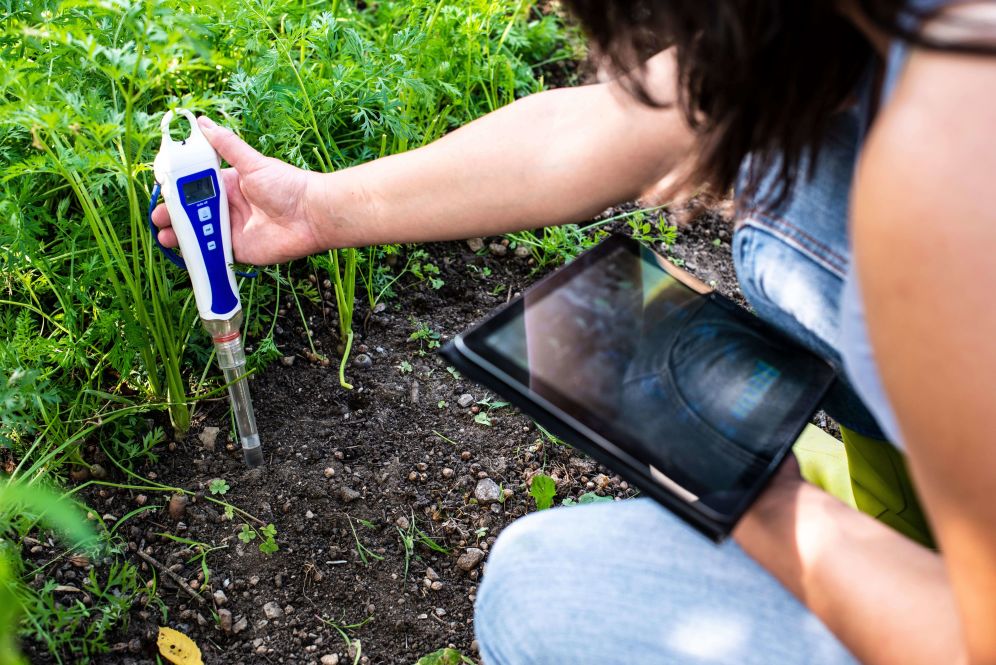
Waitrose has also been working across its supply chain to encourage upcycling innovations, according to Benjamin Thomas, senior environment manager at the supermarket’s parent company John Lewis Partnership: “There’s a huge opportunity to look further into our supply chain and see how we can encourage companies to look for surpluses and see how we can support them to get that back into the human food chain.”
One of the results of this drive has been an own-label chocolate bar that is made from 100% cacaofruit. This is the fruit that cocoa beans come from, but the rest of the fruit is often discarded by farmers as they have no market for it. Products like this one show the potential for upcycling - extra revenue for the farmer and Waitrose, and a reduction in food waste. If this kind of action was scaled it would have a direct impact on biodiversity as less land would be needed for food production.
Thomas also points to Rubies in the Rubble, Dash Water and Discarded Spirits as products created with upcycled ingredients that have proved popular with Waitrose shoppers, and were part of the motivation for the retailer offering shelf space for the Challenge.
Entries for the Challenge close on 18 September, and the participants will spend the next 12 months creating food products that have circular design principles baked into them from the design stage. Later in 2024, successful participants will have the chance to pitch for shelf space within Challenge retailers stores, allowing consumers to give them the products their ultimate test of viability.
A food system based on circular design principles is an efficient and effective way of protecting, and helping to restore, the earth we all depend on. But it requires action right from the field to the factory.
